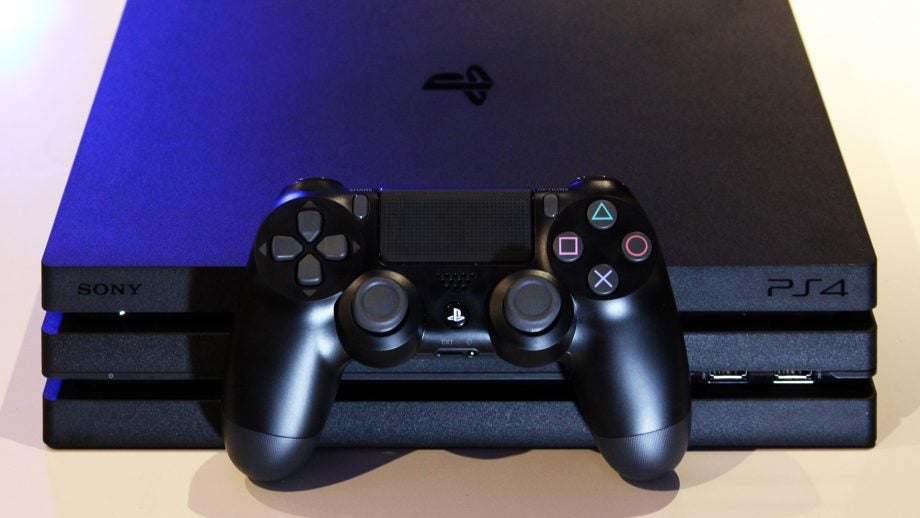Don’t worry PC gamers, PS5 won’t match the power of Nvidia’s RTX 2080 – report

An insider report has uncovered some potential new details on Sony’s next-generation console and how it could match up to current PC hardware.
The PS5 is expected to launch in the later months of 2020 alongside Microsoft’s Xbox Scarlett, ushering in the next generation of consoles with new technology, games and other surprises.
A new rumour, coming from renowned industry insider Komachi, suggests the potential APU inside PlayStation 5 seemingly won’t match the impressive power of Nvidia’s RTX 2080 and other high-end graphics cards, which is understandable for console hardware.
Oberon A0.
Gen2 : GFXCLK = 2.000GHz
Gen1 : GFXCLK = 0.911Ghz
Gen0 : GFXCLK = 0.800Ghz.— 比屋定さんの戯れ言@Komachi (@KOMACHI_ENSAKA) August 12, 2019
However, Sony will be opting for bespoke AMD hardware to power the PS5, continuing the partnership that began with the PS4, so perhaps that’s a more apt comparison to make in the meantime.
If the proposed 2.0GHz proposed above does turn out to be true, the PS5 will be incredibly powerful for a games console, matching some of the most powerful graphics cards available today such as the AMD Radeon RX 5700 XT.
“The AMD Radeon RX 5700 XT is currently one of the very best graphic card options available if you’re looking to game in Quad HD (2560×1440). Every game we tested in this resolution easily surpassed 60fps with graphics settings maxed out,” reads Ryan Jones’ review of the GPU.
So, if you’re yet to upgrade your gaming rig and fancy making the switch to consoles, perhaps its best to wait for the next generation of machines to arrive if they can match visuals and performance for a similar or cheaper price.
On the flipside, those who just splurged several hundreds of pounds on brand-spanking new gaming hardware shouldn’t feel cheated if PS5 or Xbox 2 end up trumping them in a year’s time. Obviously, this is all speculation right now, with nothing being confirmed.
Little has been confirmed about the PS5 thus far, although we do know it will feature full backwards compatibility, ray-tracing support and the potential for 8K resolutions across a range of titles. Some of these points might change before release, as is often the case with development.


